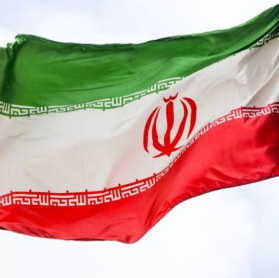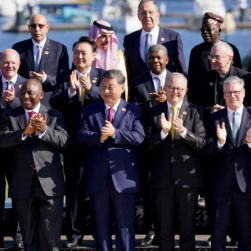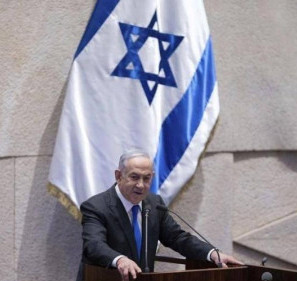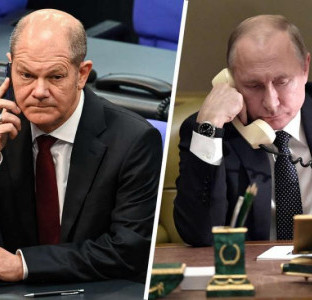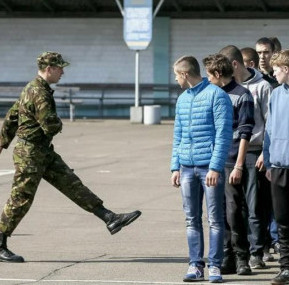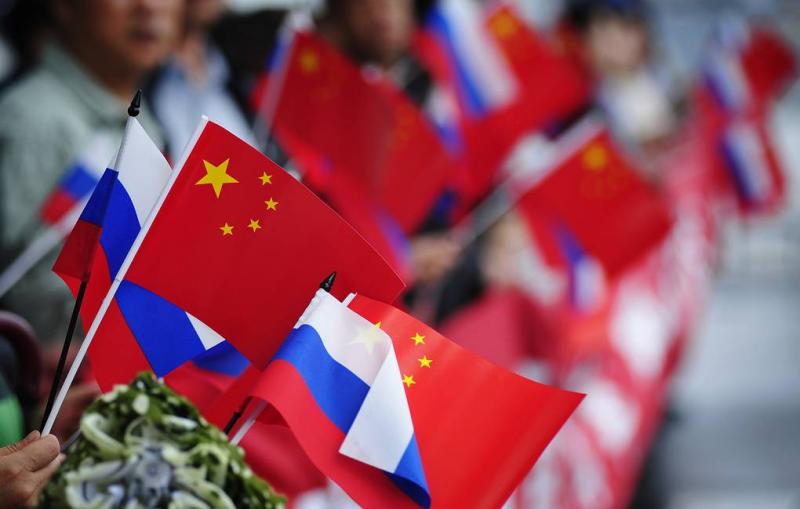
© Yuri Smityuk/TASS
Russia and China held naval drills on July 20-23 as part of their international military cooperation to maintain stability and peace in the Asia-Pacific region (APR). They practiced anti-submarine tasks and naval combat, escorting ships, unsafe roadstead procedures, safety of communication, and gun fire. Engaged were warships of the Russian and Chinese navies and over 30 naval aircraft, including interceptors, maritime patrol planes and helicopters. After the exercises was over, both countries’ ships set sail to Vladivostok.
Notably, the Russian and Chinese military have tended to step up interaction — suffice it to recall their joint patrols in the ARP in June this year, with Russian aircraft using a Chinese airfield. Back then, an air group comprising Tu-95MS strategic missile carriers of the Russian Aerospace Force and strategic bombers Hun-6K of China’s PLA Air Force carried out air patrols over the Japanese and East China Seas, as well as waters of the western Pacific.
Observers expect Sino-Russian drills to be even more frequent and vital as a political signal to the West, primarily the United States and its regional allies — Australia, South Korea and Japan. According to analysts, Moscow and Beijing’s joint military exercises should cool some hotheads in Washington, Tokyo, Canberra, and Seoul. In the way of evidence, experts cite a record number of joint maneuvers in 2022 alone — six of them, which "is the most in data going back two decades," Bloomberg reports. The agency also notes that since Russia’s reunification with Crimea in 2014, Moscow and Beijing have conducted at least 36 joint maneuvers, while the entire previous decade featured a mere dozen.
Relations between Moscow and Beijing have seen successful development in many areas, including the military one. However, as Chinese Foreign Ministry spokesman Wang Wenbin recently stated, they are above military alliances and differ fundamentally from those between the NATO member states engaged in block confrontation. "Relations between Russia and China are based on the principles of non-alignment with blocs, non-confrontation, and non-targeting against third parties. Relations between the two countries have transcended the model of military-political alliances of the Cold War and formed a model of relations between major powers," the Chinese diplomat said.
Indeed, contacts between Moscow and Beijing at various levels are particularly intense this year. The Chinese President Xi Jinping’s state visit to Moscow for talks with Vladimir Putin in March deserve a special notice. In June and July, Beijing was visited by Russian Security Council Secretary Nikolai Patrushev and Federation Council Speaker Valentina Matvienko. In addition, Foreign Minister Sergei Lavrov has had talks with director of the CPC’s Central Committee Foreign Affairs Commission Office Wang Yi on the sidelines of ASEAN-related events in Jakarta.
In turn, Chinese Defense Minister Li Shangfu held a meeting with Russian Navy Commander-in-Chief Adm. Nikolai Yevmenov in early July. And the US military has failed to ensure a meeting with Li Shangfu, be it noted. Besides, Moscow and Beijing are planning a number of important high-level contacts in the second half of this year, Wang Yi said the other day. Perhaps he was primarily referring to Vladimir Putin's upcoming visit to China.
Close across-the-board cooperation between Moscow and Beijing, including the military sphere, seems especially relevant now that the United States and its allies have been escalating things in the APR, including the Taiwan issue. In particular, Beijing has been sending its planes and ships to Taiwan in these recent days in response to American fleet’s stepped-up activity off the Chinese coast: July 22 alone featured 37 aircraft and 7 ships there.
As if in contrast to the Sino-Russian drills, last Friday saw two-week Talisman Sabre military exercises in Australia to engage the US, Australia, Japan, South Korea and a number of other states, Associated Press reports. Prior to their beginning, the host country’s Defense Minister Richard Marles said: "This will be Australia's most significant logistics exercises with the United States since World War II."
Washington makes no bones about the Talisman Sabre’s anti-Chinese nature. Small wonder that US Navy Secretary Carlos del Toro said the drills are meant to send a signal to China about the depth of Washington’s ties with its allies. This year, the biennial Talisman Sabre is attended by the United Kingdom, Canada, Germany, France, Indonesia, New Zealand, Fiji, Tonga, Papua New Guinea. Representatives of the Philippines, Singapore and Thailand are present as observers. A total of over 30 000 servicemen are engaged, particularly the crew of USS Canberra — the US Navy’s newest Independence-variant littoral combat ship to be the first of its kind to call at a foreign port.
Notably, the Talisman Sabre involves all the three AUKUS member states — Australia, the United Kingdom and the United States. Just a reminder: as part of this military alliance, Washington, London and Canberra unveiled a decades-long project for supplying nuclear submarines to Australia. Though pluriannual, the plan will quite obviously disrupt the existing APR balance of power. This fact disturbs both China and Russia as Pacific powers. For this very reason security-concerned Moscow and Beijing have begun boosting their military cooperation, as confirmed by the joint drills.

